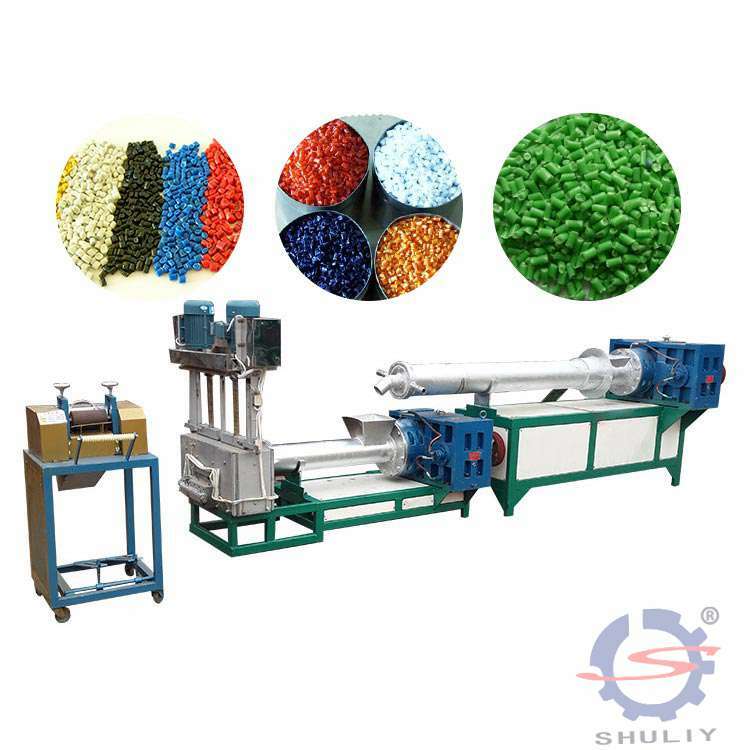What kind of plastic is made in disposable cups in life?
PP is a semi-crystalline material. It is harder and has a higher melting point than PE. Since the PP temperature of the homopolymer type is very brittle when it is higher than 0 ° C, many commercial PP materials are random copolymers of 1 to 4% ethylene or a clamp copolymer of a higher ratio of ethylene. The copolymer type PP material has a low heat distortion temperature (100 ° C), low transparency, low gloss, low rigidity, but has a stronger impact strength. The strength of PP increases as the ethylene content increases. The Vicat softening temperature of PP is 150 °C. Due to the high degree of crystallinity, this material has excellent surface stiffness and scratch resistance. There is no environmental stress cracking problem in PP. The PP is usually modified by adding glass fibers, metal additives or thermoplastic rubber.
The flow rate of PP has a MFR ranging from 1 to 40. Low MFR PP materials have better impact resistance but lower elongation. For materials of the same MFR, the strength of the copolymer type is higher than that of the homopolymer type. 
Due to crystallization, the shrinkage rate of PP is quite high, generally 1.8 to 2.5%. And the direction uniformity of shrinkage is much better than materials such as PE-HD. The addition of 30% glass additive can reduce the shrinkage to 0.7%. Both the homopolymer type and the copolymer type PP materials have excellent moisture absorption resistance, acid and alkali corrosion resistance, and solubility resistance. However, it is not resistant to aromatic hydrocarbons (such as benzene) solvents, hydrogen chloride (carbon tetrachloride) solvents, and the like. PP does not have oxidation resistance at high temperatures like PE, and it is harmful to the human body.
Disposable cups used in daily life are generally made of pc and pp plastic.
PC is an amorphous engineering material with exceptional impact strength, thermal stability, gloss, bacterial inhibition, flame retardant properties, and stain resistance. PC’s gap
The strength is very high and the shrinkage rate is very low, generally 0.1% to 0.2%. PC has good mechanical properties, but the flow characteristics are poor, so this
The injection molding process of materials is difficult. When choosing which quality PC material to use, it should be based on the final expectations of the product. If the plastic part requires high impact resistance, then use low flow
Kinetic PC material; conversely, high flow rate PC materials can be used to optimize the injection molding process.
PP polypropylene: melting temperature: 220~275 °C.
